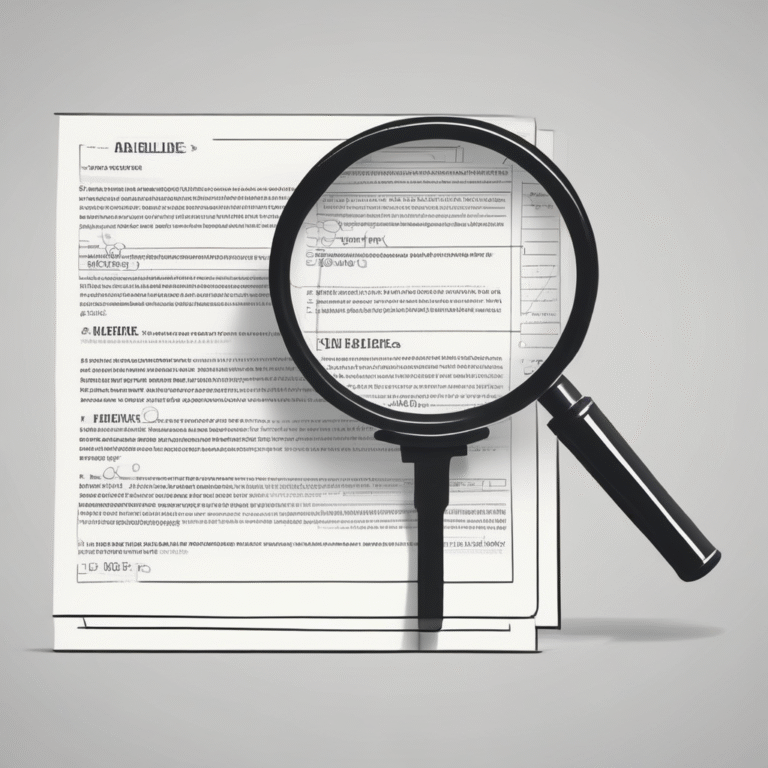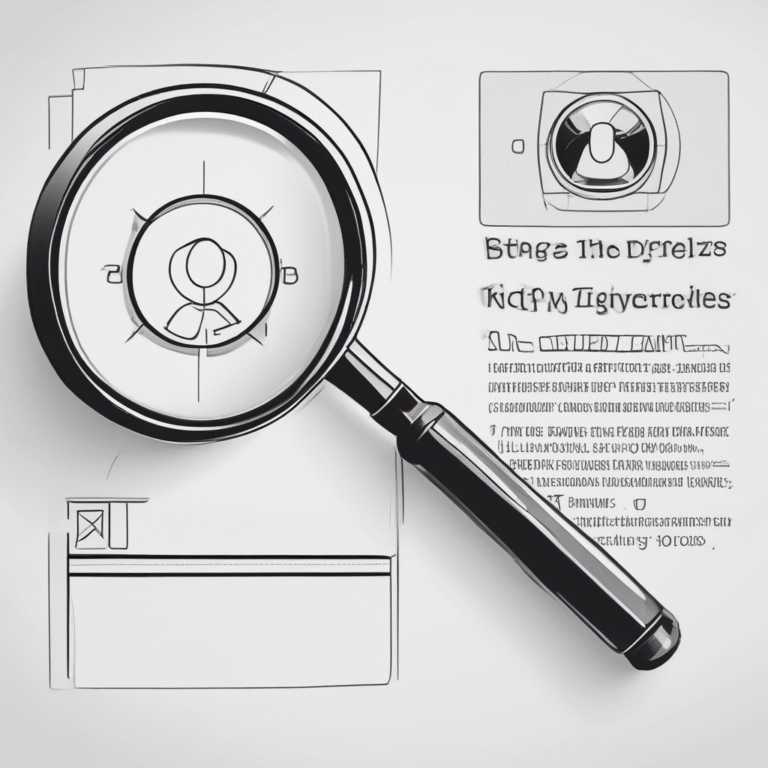AI for the CRO: Transforming AI Governance, Compliance, and Security
Artificial intelligence (AI) and its associated technologies are becoming increasingly essential for the success of the risk management function within organizations. Chief Risk Officers (CROs) are uniquely positioned to leverage AI to address critical areas such as compliance, data governance, and enterprise-level risks.
The Role of CROs in AI Adoption
As the business landscape evolves due to AI advancements, CROs can utilize emerging AI tools and models to enhance compliance and navigate complex regulations. Some key considerations for CROs when developing an AI strategy include:
- Alignment: AI governance and data strategies must be in sync with the organization’s goals, values, and regulatory requirements.
- Consistency: Uniform data practices and governance standards should be established across the organization.
- Definition: Clearly defined roles and responsibilities for evaluating models and overseeing all AI systems, including third-party tools.
- Informed Decision Making: A structured approach to incident response, stakeholder feedback, and ongoing regulatory compliance is crucial.
Currently, many AI tools and applications are utilized without formal approval, which may heighten potential risk exposure. For instance, the use of free or open-source AI models can lead to unintended data loss, as sensitive information may leave secure organizational boundaries.
Key Issues for Consideration
With AI’s vast potential, organizations can integrate AI technologies to enhance compliance and drive innovation. Key factors when collaborating with third-party AI vendors include:
- Shared Responsibility Models: Establishing accountability and risk distribution between the organization and the vendor.
- Data Considerations: Addressing privacy, security, and compliance related to data.
- Model Development Process: Gaining insight into the vendor’s AI development methodologies and quality assurance practices.
- Alignment with Values: Ensuring ethical standards and regulatory compliance align with organizational principles.
Additionally, transparency in AI model evaluation and robust training resources for end-users play a critical role in successful AI deployment.
Challenges and Opportunities in AI Risk Management
Risk management presents substantial opportunities for optimization through AI solutions. However, CROs must be wary of potential biases that may arise:
- Data Bias: This occurs when irrelevant data influences model outcomes.
- Human Bias: Unconscious influences by users during data entry can lead to biased interactions with AI models.
- Ethical Bias: Limitations in data collection, such as focusing on a single demographic, can result in skewed AI outputs.
Effective monitoring and auditing principles are essential to evaluate AI model performance and risk management. The U.S. Government Accountability Office has developed a framework to standardize these approaches, emphasizing:
- Proactive planning to identify bias, privacy risks, and regulatory concerns.
- Drift monitoring to ensure statistical properties remain consistent.
- Traceability to manage regulatory compliance and corrective actions.
- Ongoing maintenance to adapt AI models to new use cases and evaluate risks.
AI Solutions and Use Cases in Risk Management
CROs must ensure that IT and data scientists validate AI models to avoid compliance issues. Key challenges include:
- Data Privacy and Security: Ensuring sensitive information remains protected from exposure through AI models.
- Drift, Bias, and Data Cleanliness: Maintaining data integrity to avoid unreliable results.
- Regulatory Requirements: Compliance with local and global regulations is essential to prevent bias and ensure accountability.
A robust Master Data Management (MDM) system is critical for optimizing AI performance, focusing on:
- Data privacy and security for sensitive information.
- Regulatory compliance with data usage and privacy rules.
- Data hygiene to build visibility into master data domains.
- Data lineage for tracking usage within AI models.
- Data synchronization to ensure consistency across business lines.
The Takeaway
AI is fundamentally transforming the risk management landscape. Deploying AI tools has shifted from a trend to a necessity for organizations aiming to innovate and streamline processes. Given the complexities of AI technologies, governance has emerged as a significant concern for risk leaders.
CROs must not only devise robust AI deployment strategies but also seek additional support to identify the best solutions and frameworks. Engaging external perspectives can enhance visibility into AI governance strategies and mitigate potential reputational and financial risks.










